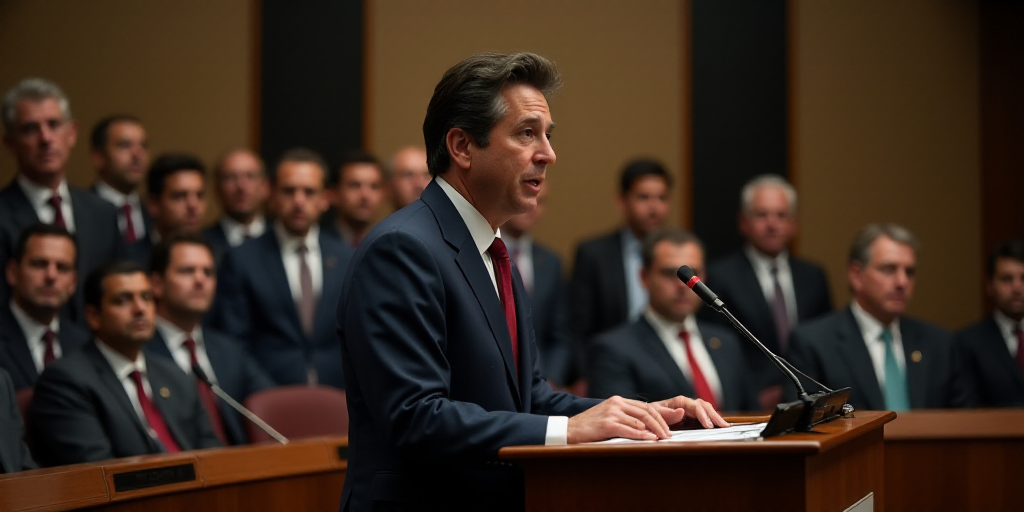Background on Key Figures and Their Relevance
The recent historic agreement between employers and unions in Mexico has led to the formation of the Economic, Social, and Environmental Council (Consejo Económico, Social y Ambiental). This council aims to institutionalize dialogue on crucial national issues, such as renegotiating the trade agreement with the United States and Canada (T-MEC) and reducing the workweek to 40 hours.
Key figures involved in this agreement include:
- Representatives of employers: CCE (Council of Chambers of Commerce), Concamin (National Chamber of the Micro, Small, and Medium Enterprise sector), and COPARMEX (Employers’ Confidence Institute).
- Representatives of workers: CTM (Mexican Workers’ Confederation), telephone workers, pilots, miners from CROM (National Mining Union), and CROC (Construction and Allied Workers’ International Union).
These organizations are essential in shaping Mexico’s labor policies and ensuring their members’ interests are represented.
Details of the Memorandum of Understanding
The Memorandum of Understanding was signed by both parties to institutionalize dialogue social, with notable witnesses including:
- Secretary of Labor and Social Prevision (STPS): Martha Bolaños
- Director of the ILO (International Labour Organization) Office in Mexico: Pedro Américo Furtado
Speeches at the Inaugural Forum
During the inauguration of the “Encontro de Sindicatos y Empleadores” (Employers and Unions Meeting), Francisco Hernandez Juarez, leader of the telephone workers, emphasized the importance of strengthening the voices of both workers and employers to have influence over public policy decisions.
Francisco Cervantes, president of the Consejo Coordinador Empresarial (CCE), highlighted that the creation of this council would establish a simultaneous agenda harmonizing the desires of all three sectors, focusing on preserving and promoting growth, trade, investment, and well-being.
Alejandro Malagon, president of Concamin, mentioned that since the approval of the Infonavit law, there has been increased dialogue with workers. He expressed confidence in advancing fundamental topics like reforming the 40-hour workweek union and reviewing the T-MEC with workers.
Unity Among Sectors
Napoleon Gomez, leader of the miners, stressed that the dialogue between workers and unions symbolizes unity among all productive sectors of the country. He addressed the need to overcome resistance in reforming labor laws to reduce the workweek, emphasizing that the purpose of this dialogue is to find common ground and set aside differences.
Key Questions and Answers
- What is the Economic, Social, and Environmental Council? It’s a newly formed body established by employers and unions to institutionalize dialogue on crucial national issues, such as renegotiating trade agreements and reducing the workweek.
- Who are the key figures involved in this agreement? Representatives from employer organizations (CCE, Concamin, COPARMEX) and worker organizations (CTM, telephone workers, pilots, miners from CROM, and CROC) are central to this agreement.
- What are the main topics discussed by this council? The council will address issues like renegotiating the T-MEC and reducing the standard workweek to 40 hours.
- Why is this agreement significant? This historic agreement demonstrates unity among diverse productive sectors, aiming to address national challenges and ensure workers’ interests are represented in policy decisions.






